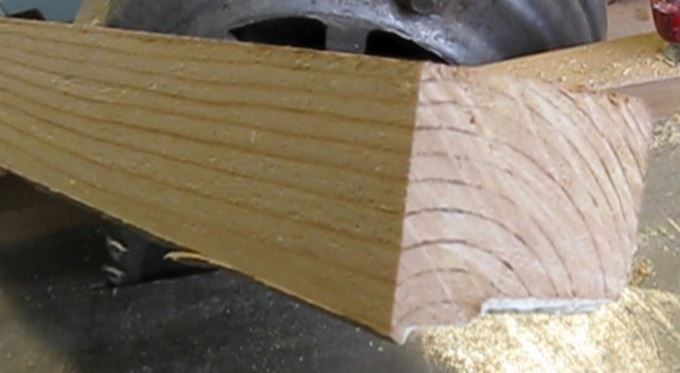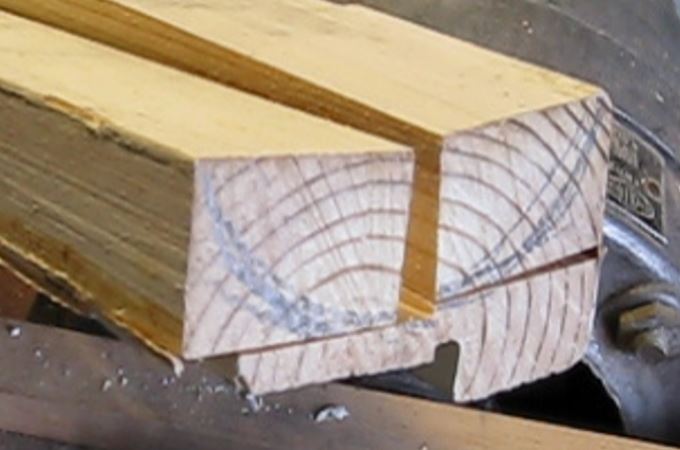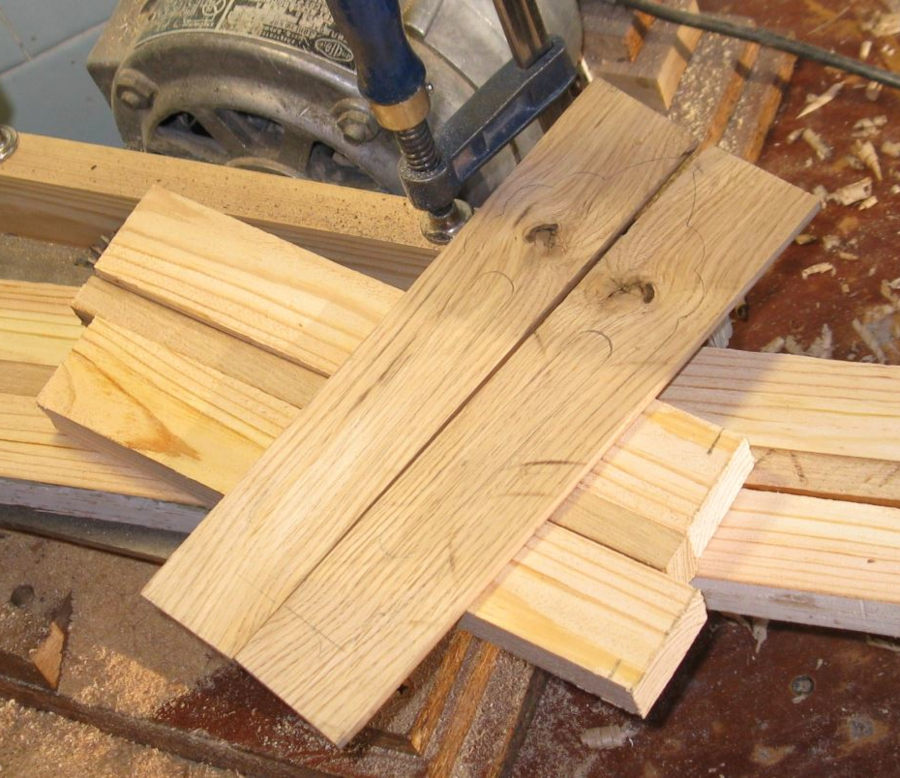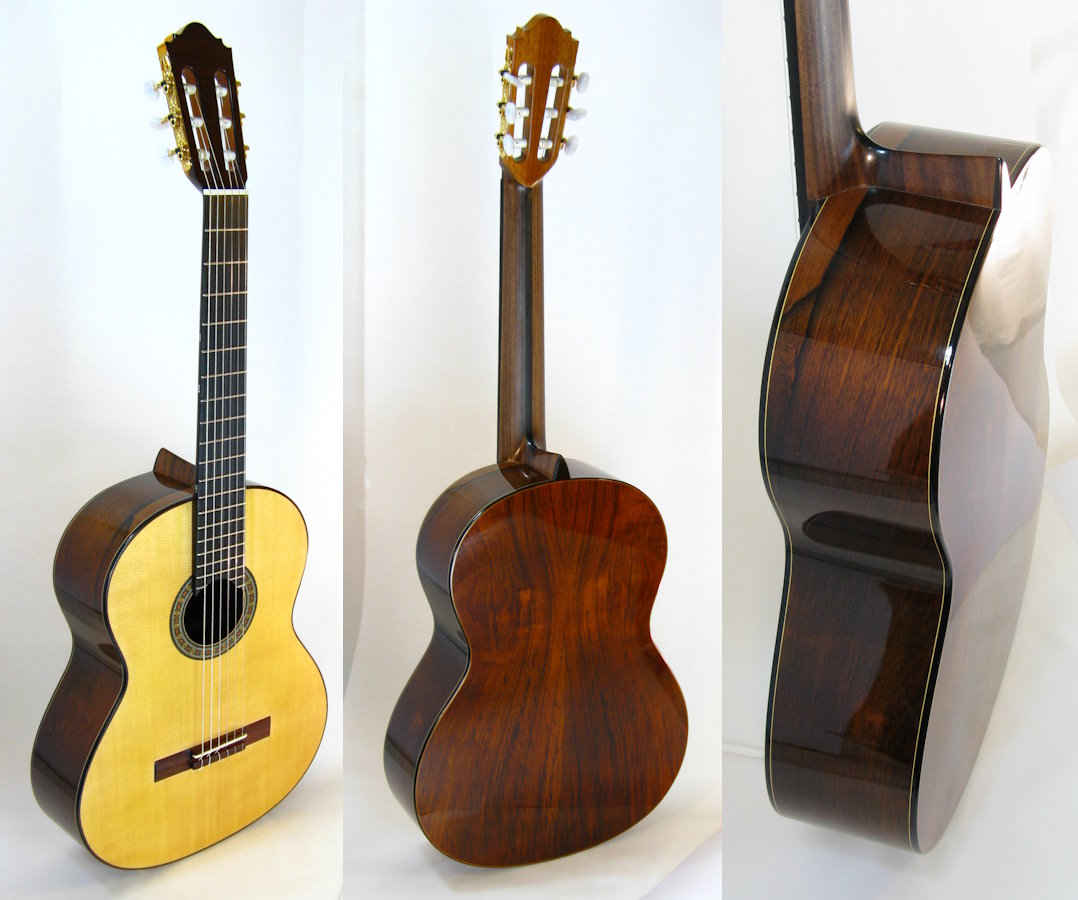In this article, I will be cutting blanks for the guitar neck. Since my guitar is unusually made of pine, I will also make the neck out of pine. Nonetheless, all the rules for cutting are the same as for regular wood for the guitar neck. The making the heel of the neck will be in the next article. There is a video version of this stage with English subtitles.
What to make the neck for such an excessively pine guitar? It's possible to just make it from the traditional wood used for guitar necks. But, as you remember, the guitar maker is currently having fun, so I'm making the neck again from the same pine door jamb.
Is the choice of pine so strange?
If I didn't know about woods like Spanish cedar or botanical name: Cedrela odorata in reality I would be afraid to make the neck from pine, at least twice as strong. In the places where I learned about guitar craftsmanship, it's common to make the neck from denser woods, like maple or dense mahogany. And when you use a such cedar blank, you're a bit scared if the neck will endure. The neck endures, but you can't argue against physics with spells. Maple is stronger.
But let's take a look at the characteristics of pine and Cedrela odorata on the website www.wood-database.com


If pine is worse in physical parameters than cedrela it is very little. Or pine is better... The parameters of these types of wood are similar, if not identical. Some injustice is that you can build houses with pine, but not guitar necks. Decision made, the neck will be made from pine. Let's go. I mean, let's buzz with the saw!
At the time of making this neck, I didn't have experience with pine necks, so I initially assumed that I would make the neck with maximum inserts of oak. Also, a thick fingerboard should be rigid to hold the string compression. Oak is a great fit. If else oak would be stained.
Blanks for the Headstock
The headstock can be made from a single piece, but I'm making it from two; thus, it's easier to achieve symmetry. Also, the width of my jamb from the door frame doesn't allow for a single-piece headstock.
I needed to cut out two identical sticks about 210 mm long from the jamb or one stick that I'd divide into two. In this case, you can cut the blanks very wastefully. That's what I do, immediately sawing off all the unnecessary parts. It's all visible in the photos. Watch out for sneaky nails; they can damage the saw teeth.
With a light movement, I saw off the part with holes.

That on top I discard. There are no surprises on a clean cut. I confess this is my second cut for the headstock. The first time, I cut the wood and found a bunch of holes. I could have worked around them, hidden some, and plugged others, but I decided to find a cleaner piece.

I cut off the excess from three sides to get a clean blank, which I'll saw in half, obtaining the headstock from two parts plus the oak insert.



In the middle, there's an oak insert. Pay attention to the fact that the width of this insert should be smaller than the part in the headstock between the slots in the narrowest section of the headstock. Between the first and sixth peg. Otherwise, when making the slot, you will entirely mill away the pine and reach into the insert. Inside the slot, there will be an unsightly transition.

Neck Blanks
The cutting for the neck is fundamentally no different from the operations with the headstock. It's the same two pine halves with an oak insert in the middle. But now, this oak insert is truly working.
I cut the blanks in such a way that in the finished product, the layers of wood display a uniform striped pattern. I drew the future shape of the neck with a pencil. I saw off all the excess. Discovering potential defects inside the wood: knots, pockets, holes. Trying to steer clear of them.



As I've mentioned before, the oak insert in the neck has maximum dimensions. Theoretically, it's possible to make it larger, but anything over 10 mm looks excessive. I even consider a visually appropriate width is 8 mm. Here, it's essential to make the insert the same thickness as the one in the headstock to avoid steps at the transition. Alternatively, in the headstock, overlays can be made on both sides.



Headplate
I was looking for a piece of oak with a knot to naturally embellish the guitar headstock. I cut the oak block along its width. It turns out symmetrical and appealing.



Video version of the stage with English subtitles.





